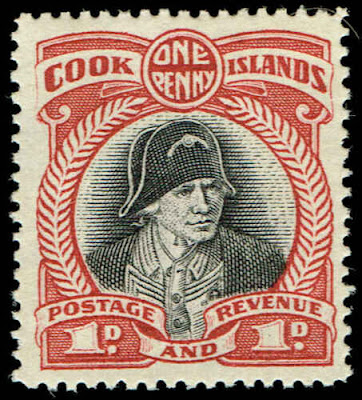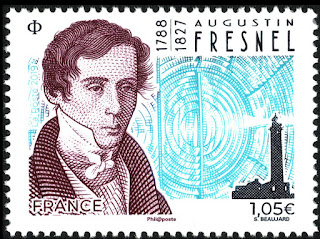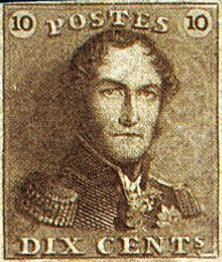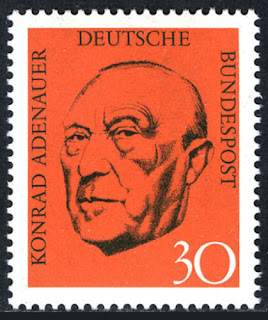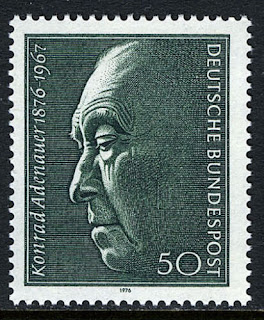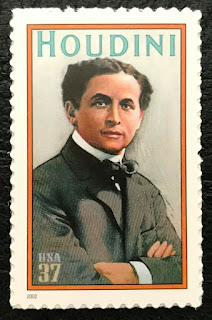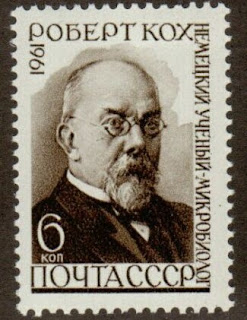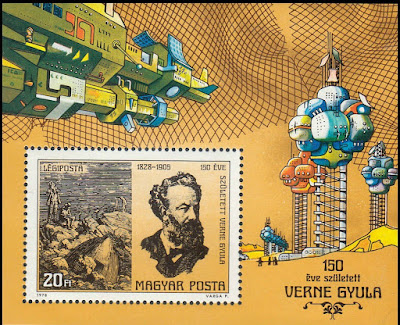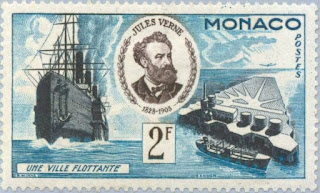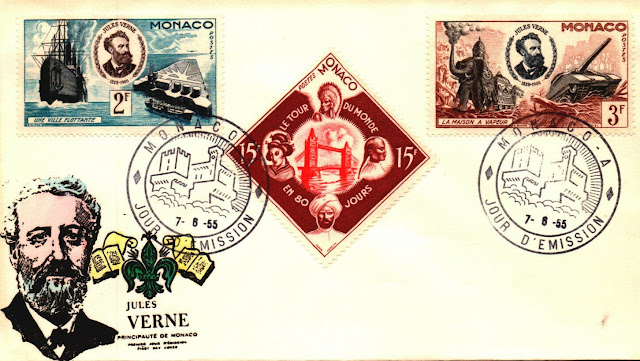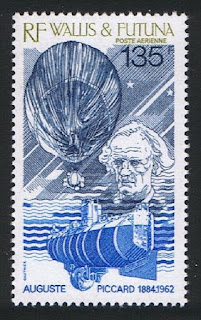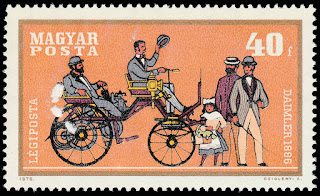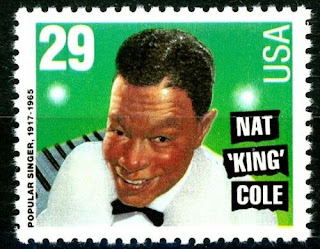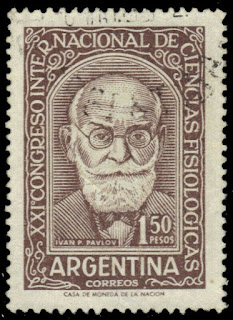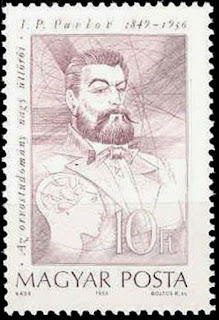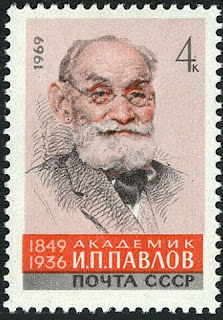Here are some events that happened on April 19th. It could be an event or a person that died or was born on that day
1770 – Captain James Cook, still holding the rank of lieutenant, sights the eastern coast of what is now Australia.
1818 – French physicist Augustin Fresnel signs his preliminary "Note on the Theory of Diffraction" (deposited on the following day). The document ends with what we now call the Fresnel integrals.
Augustin-Jean Fresnel (10 May 1788 – 14 July 1827) was a French civil engineer and physicist whose research in optics led to the almost unanimous acceptance of the wave theory of light, excluding any remnant of Newton's corpuscular theory, from the late 1830s until the end of the 19th century. He is perhaps better known for inventing the catadioptric (reflective/refractive) Fresnel lens and for pioneering the use of "stepped" lenses to extend the visibility of lighthouses, saving countless lives at sea. The simpler dioptric (purely refractive) stepped lens, first proposed by Count Buffon and independently reinvented by Fresnel, is used in screen magnifiers and in condenser lenses for overhead projectors.
By expressing Huygens's principle of secondary waves and Young's principle of interference in quantitative terms, and supposing that simple colors consist of sinusoidal waves, Fresnel gave the first satisfactory explanation of diffraction by straight edges, including the first satisfactory wave-based explanation of rectilinear propagation. Part of his argument was a proof that the addition of sinusoidal functions of the same frequency but different phases is analogous to the addition of forces with different directions. By further supposing that light waves are purely transverse, Fresnel explained the nature of polarization, the mechanism of chromatic polarization, and the transmission and reflection coefficients at the interface between two transparent isotropic media. Then, by generalizing the direction-speed-polarization relation for calcite, he accounted for the directions and polarizations of the refracted rays in doubly-refractive crystals of the biaxial class (those for which Huygens's secondary wavefronts are not axisymmetric). The period between the first publication of his pure-transverse-wave hypothesis, and the submission of his first correct solution to the biaxial problem, was less than a year.
Later, he coined the terms linear polarization, circular polarization, and elliptical polarization, explained how optical rotation could be understood as a difference in propagation speeds for the two directions of circular polarization, and (by allowing the reflection coefficient to be complex) accounted for the change in polarization due to total internal reflection, as exploited in the Fresnel rhomb. Defenders of the established corpuscular theory could not match his quantitative explanations of so many phenomena on so few assumptions.
Fresnel had a lifelong battle with tuberculosis, to which he succumbed at the age of 39. Although he did not become a public celebrity in his lifetime, he lived just long enough to receive due recognition from his peers, including (on his deathbed) the Rumford Medal of the Royal Society of London, and his name is ubiquitous in the modern terminology of optics and waves. After the wave theory of light was subsumed by Maxwell's electromagnetic theory in the 1860s, some attention was diverted from the magnitude of Fresnel's contribution. In the period between Fresnel's unification of physical optics and Maxwell's wider unification, a contemporary authority, Humphrey Lloyd, described Fresnel's transverse-wave theory as "the noblest fabric which has ever adorned the domain of physical science, Newton's system of the universe alone excepted."
French stamp depicting Augustin Fresnel
1824 Died: Lord Byron, English-Scottish poet and playwright (b. 1788)
George Gordon Byron, 6th Baron Byron (22 January 1788 – 19 April 1824), known simply as Lord Byron, was an English peer, who was a poet and politician. He was one of the leading figures of the Romantic movement and is regarded as one of the greatest English poets. He remains widely read and influential. Among his best-known works are the lengthy narrative poems Don Juan and Childe Harold's Pilgrimage; many of his shorter lyrics in Hebrew Melodies also became popular.
He travelled extensively across Europe, especially in Italy, where he lived for seven years in the cities of Venice, Ravenna, and Pisa. During his stay in Italy he frequently visited his friend and fellow poet Percy Bysshe Shelley. Later in life Byron joined the Greek War of Independence fighting the Ottoman Empire and died of disease leading a campaign during that war, for which Greeks revere him as a national hero. He died in 1824 at the age of 36 from a fever contracted after the First and Second Siege of Missolonghi.
His only marital child, Ada Lovelace, is regarded as a foundational figure in the field of computer programming based on her notes for Charles Babbage's Analytical Engine. Byron's extramarital children include Allegra Byron, who died in childhood, and possibly Elizabeth Medora Leigh, daughter of his half-sister Augusta Leigh.
Stamps from Greece, Hungary and Russia depicting Lord Byron
I cannot die, because if I am going to write my mathematical physics encyclopedia, I need at least 25 more years.
Swedish stamp depicting Echegaray
1839 – The Treaty of London establishes Belgium as a kingdom and guarantees its neutrality.
The Treaty of London of 1839, also called the First Treaty of London, the Convention of 1839, the Treaty of Separation, the Quintuple Treaty of 1839, or the Treaty of the XXIV articles, was a treaty signed on 19 April 1839 between the Concert of Europe, the United Kingdom of the Netherlands and the Kingdom of Belgium. It was a direct follow-up to the 1831 Treaty of the XVIII Articles which the Netherlands had refused to sign, and the result of negotiations at the London Conference of 1838–1839.
Under the treaty, the European powers recognised and guaranteed the independence and neutrality of Belgium and established the full independence of the German-speaking part of Luxembourg. Article VII required Belgium to remain perpetually neutral, and by implication committed the signatory powers to guard that neutrality in the event of invasion.
Stamps from Belgium depicting Leopold I who was the first King of the Belgians
1967 Died: Konrad Adenauer, German politician, 1st Chancellor of Germany (b. 1876)
Konrad Hermann Joseph Adenauer (German: [ˈkɔnʁaːt ˈʔaːdənaʊɐ] (About this soundlisten); 5 January 1876 – 19 April 1967) was a German statesman who served as the first Chancellor of the Federal Republic of Germany (West Germany) from 1949 to 1963. He was co-founder and first leader of the Christian Democratic Union (CDU) (until 1966), a Christian Democratic party that under his leadership became one of the most influential parties in the country.
In the early years of the Federal Republic he switched focus from denazification to recovery and led his country from the ruins of World War II to becoming a productive and prosperous nation that forged close relations with France, the United Kingdom and the United States. During his years in power, West Germany achieved democracy, stability, international respect and economic prosperity ("Wirtschaftswunder", German for "economic miracle").
Adenauer belied his age by his intense work habits and his uncanny political instinct. He displayed a strong dedication to a broad vision of market-based liberal democracy and anti-communism. A shrewd politician, Adenauer was deeply committed to a Western-oriented foreign policy and restoring the position of West Germany on the world stage. He worked to restore the West German economy from the destruction of World War II to a central position in Europe, presiding over the German Economic Miracle together with his Minister of Economics, Ludwig Erhard. He was a driving force in re-establishing national military forces (the Bundeswehr) in West Germany since 1955. Adenauer opposed rival East Germany and made his nation a member of NATO and a member of the Western Alliance.
Adenauer, who was Chancellor until age 87, was dubbed "Der Alte" ("the elder"). British politician and historian Roy Jenkins says he was "the oldest statesman ever to function in elected office." He remains the oldest head of government for a major country.
A devout Roman Catholic and member of the Catholic Centre Party, he was a leading politician in the Weimar Republic, serving as Mayor of Cologne (1917–1933) and as president of the Prussian State Council (1922–1933).

